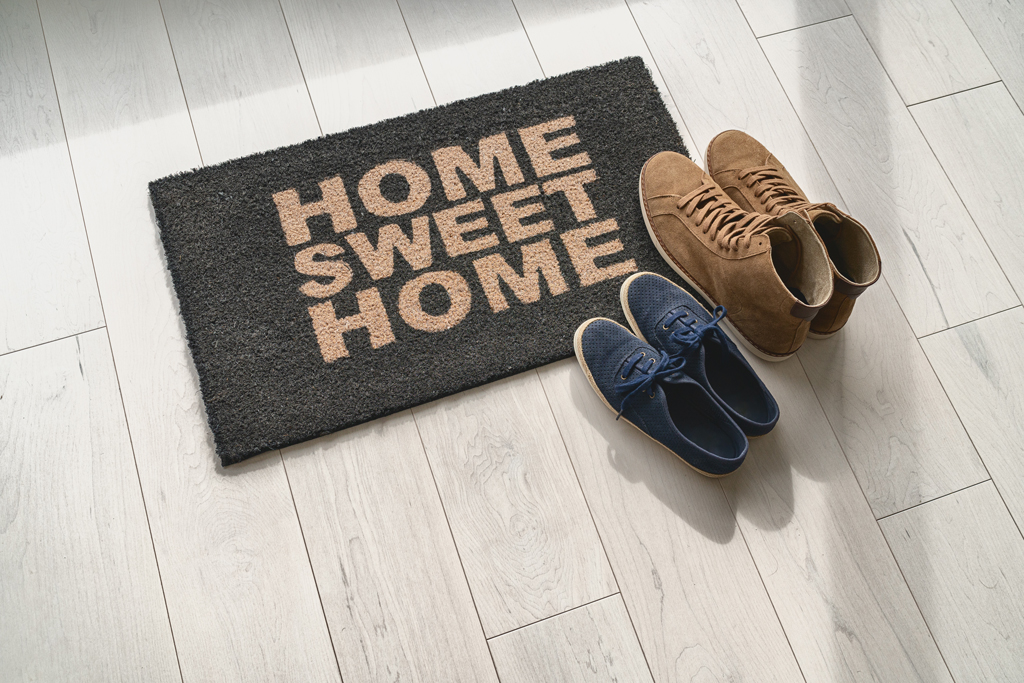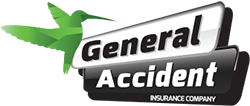A Complete Guide to Home Owner’s Coverage
Disasters and accidents can strike without warning, leaving homeowners facing costly repairs and financial uncertainty. Without proper protection, recovering from such events can be overwhelming. That’s why having a solid home insurance policy is essential. Home insurance provides financial security by covering damages to your home and belongings, protecting you from liability claims, and even covering temporary living expenses if your home becomes uninhabitable. Ready to learn exactly how GenAc can protect your home from disaster? Here’s your complete guide to home insurance coverage.

A standard home insurance policy includes four key coverages: dwelling coverage, which pays for repairs or rebuilding due to disasters like fires or hurricanes (excluding floods and earthquakes); personal property coverage, which protects belongings like furniture and clothing from theft or damage; liability protection, which covers lawsuits for injuries or property damage caused by you, your family, or pets; and additional living expenses (ALE) coverage, which helps with alternative accommodation in the event your home becomes unlivable following an insured peril.
Dwelling Coverage
Dwelling coverage is part of a standard homeowners insurance policy that helps protect the physical structure of your home. This can include any structures permanently attached to your home, like a garage. Your coverage limit is usually based on the estimated cost to rebuild the home if a covered loss occurs. For covered losses, dwelling coverage can pay to rebuild or repair your home’s physical structure, permanent fixtures, and certain appliances.
So, what perils are typically covered under the dwelling part of a homeowner’s policy?
For covered losses, dwelling coverage typically covers damage from:
- Fire/smoke
- Lightning strikes
- Windstorms
- Hail
- Explosion
- Vandalism and theft
- Falling objects
- Damage from a motor vehicle or aircraft
- Dwelling Coverage typically does not cover damage from
- Floods
- Earthquakes
- Sewer/water back-ups
- Damage from the weight of ice, sleet, or snow
Your homeowners insurance policy can also cover structures on your property that are not physically part of your house, such as a detached garage, storage shed, or gazebo.
However, your home insurance policy doesn’t cover:
- Normal wear and tear
- Some water damage
- Damage caused by pests
Content Coverage
Content coverage is included in your homeowner’s insurance policy.
The insurance coverage safeguards your belongings, such as personal property you may use outside your home. Common items covered as content include:
- Furniture
- Clothing
- Electronics
This means if damage occurs caused by an insured peril, you will receive the actual cash value of covered personal property that needs replacement due to a covered loss.
If you rent out part of your home, the homeowner’s insurance policy will not cover the tenant’s personal property. They must purchase a renter’s insurance policy to cover their possessions. If your home is under construction, coverage under Personal Property does not extend to vacant or unfinished buildings.
High-value items and endorsements
Most home policies impose a dollar limit on coverage of the value of a particular personal item. These are called sub-limits. However, certain high-risk items, such as furs and jewelry, may have a more excellent value than their sub-limit.
The good news is that you can purchase additional coverage to insure valuable personal items for their entire worth. High Value items must be supported by valuations and are rated separately..
Examples of High-Value Items
- Jewelry
- Furs
- Fine art and antiques
- Stamps and other collectibles
- Liability Protection
Personal Liability Coverage
With your GenAc homeowner’s insurance policy, you also gain access to Personal liability insurance. This provides financial protection if you or members of your household are found at fault or negligent for bodily harm to someone else or damage to someone else’s property. A liability insurance layer is also part of most renters’ policies.
Some examples of situations that would be covered:
Accidents on your property: If a visitor slips on an icy step or gets bitten by a pet
Accidental damage to someone else’s property: If you back into a vehicle in a parking lot
Injuries caused by your pets or family members: If your child breaks a neighbor’s window with a baseball.
Most insurance policies limit ALE benefits, which may be a maximum dollar amount or a specific time frame, i.e., 20% of your dwelling coverage or 12 months of coverage. Reading your policy to understand the limits and how long your ALE coverage will last is extremely important. ALE coverage is essential in helping the policyholders cover additional living expenses when the home is rendered uninhabitable due to a covered loss. Understanding your ALE coverage, how to properly file a claim, and the policy limits can make the process less painful during a traumatic time. If in doubt about anything, have your insurance company explain.
Home insurance does not typically cover certain types of damage, including the following:
- Maintenance: Home maintenance, such as repairs caused by wear and tear, is not covered under home insurance.
- Pests: Infestation by rodents or insects is excluded unless pests destroy your property to the point where it causes a covered loss, such as a fire.
- Mold: Mold is excluded unless it results from a covered occurrence, such as stormwater damage.
- War: Damage caused by war, civil unrest, or nuclear hazards is excluded.
- Government Action: Government destruction is not covered.
- Intentional Loss: Intentional loss to your property is excluded.
- Neglect: Neglect-caused claims, such as undiscovered leaks, are generally denied.
Understanding the details of home insurance coverage protects your property and belongings. From dwelling coverage, which covers the property of your home, to personal property coverage, which covers your belongings, there are numerous areas of your policy that you can utilize to prevent sudden losses. Just be sure to exclude such things as earthquakes, floods, and maintenance, and tack on additional coverage such as earthquake or flood insurance if necessary. And coverage like ALE and liability protection comforts you during an emergency.
By reviewing your policy, knowing your coverage limits, and speaking with your insurer, you can be as prepared for the unexpected as possible and assured that you’re protected when it matters most.


